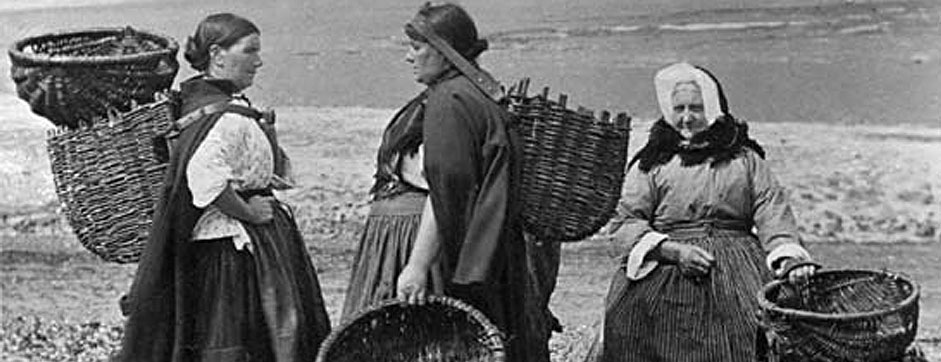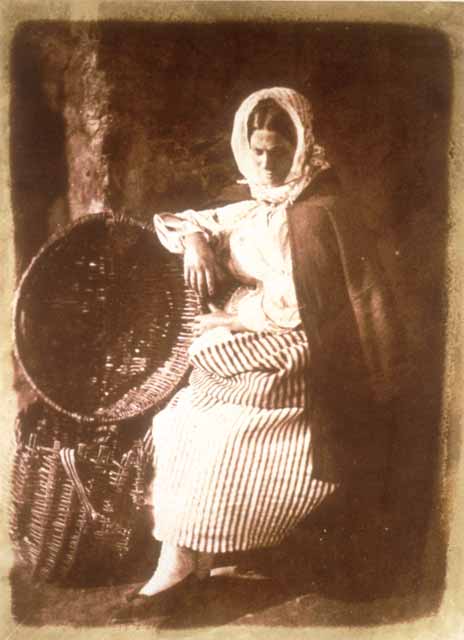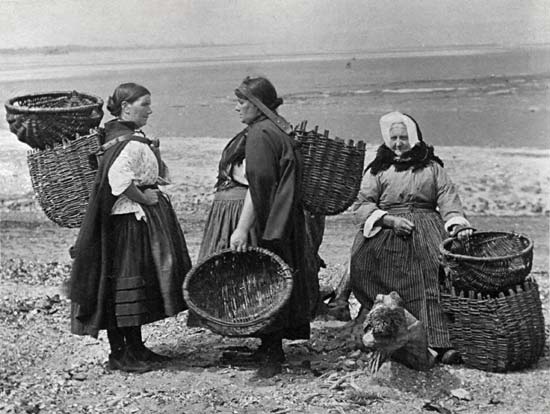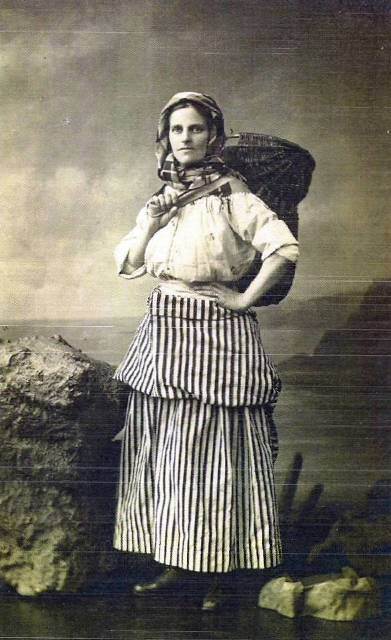25th May 2011.
I have been commissioned by the Peter Potter Gallery in Haddington to create work inspired by The Herring Road, as part of their ‘Lost Landscapes’ project.
The exhibition opens on Saturday 11th May with a preview on the Friday night. Please do come along.
The Herring Road is the historic 45km route from Dunbar to Lauder, which was used in the 18th and 19th centuries by people bringing home a stock of salted herring for winter use and also by fishwives carrying huge creels of herring from Dunbar to the markets in Lauder.
My research began last Saturday when I spent the day walking half of the route (14 miles) with a group from the gallery including the two other artists who will exhibit alongside me, Drew Wright and Ross Combe.
It was a hard walk with the wind in our faces all the way and I was totally exhausted by the half way point. How they managed to walk all the way with heavy baskets of Herring on their backs is beyond me (however, there does seem now to be a bit of a dispute as to how true this actually is!)
I only have this week to research and next to make, so it’s a pretty tight deadline!
It is the women themselves that interest me most, rather than the road itself, and I am beginning my research by investigating the clothes they wore, their creels or baskets and what they may have taken with them on the walk.
‘They wear a dress of a peculiar and appropriate fashion, consisting of a long blue duffle jacket, with wide sleeves, a blue petticoat usually tucked up so as to form a pocket, and in order to show off their ample under petticoats of bright-coloured woollen stripe, reaching to the calf of the leg. It may be remarked that the upper petticoats are of a striped sort of stuff technically called, we believe, drugget, and are always of different colours. As the women carry their load of fish on their backs in creels, supported by a broad leather belt resting forwards on the forehead, a thick napkin is their usual headdress, although often a muslin cap, or mutch, with a very broad frill, edged with lace, and turned back on the head, is seen peeping from under the napkin. A variety of kerchiefs or small shawls similar to that on the head encircle the neck and bosom, which, with thick worsted stockings and a pair of stout shoes, complete the costume.’
I also like the stories of their haggling with them always beginning by asking for double what they actually want:
“Come awa, mem, an’ see what bonnie fish I hae the day.”
“Have you any haddocks?”
“Ay hae I, mem, an’ as bonnie fish as ever ye clappit yer twa een on.”
“What’s the price of these four small ones ?”
“What’s yer wull, mem?”
“I wish these small ones.”
“What d’ye say, mem? sma’ haddies! they’s no sma’ fish, an they’re the bonniest I hae in a’ ma creel.”
“Well, never mind, what do you ask for them ?”
“Weel, mem, its been awfu’ wather o’ late, an’ the men canna get fish; ye’ll no grudge me twentypence for thae four ?”
“Twentypence!”
“Ay, mem ; what for no?”
“They are too dear; I’ll give-”
“What d’ye say, mem! ower dear! I wish ye kent it: but what’ll ye gie me for thae four?”
“I’ll give you a sixpence.”
“Ye’ll gie me a what?”
“A sixpence.”
“I daur say ye wull, ma bonny leddy, but ye’ll no get thae four fish for twa sixpences this day.”
” I’ll not give more.”
“Well, mem, gude day” (making preparations to go); ” I’ll take eighteenpence an’ be dune wi’t.”
“No; I’ll give you twopence each for them.”
and so it would go on!
A wee snippet of the song Caller Herrin’
Wha’ll buy my caller herrin’?
O ye may ca’ them vulgar farin’;
Wives and mithers, maist despairin’,
Ca’ them lives o’ men.
More to come soon.



